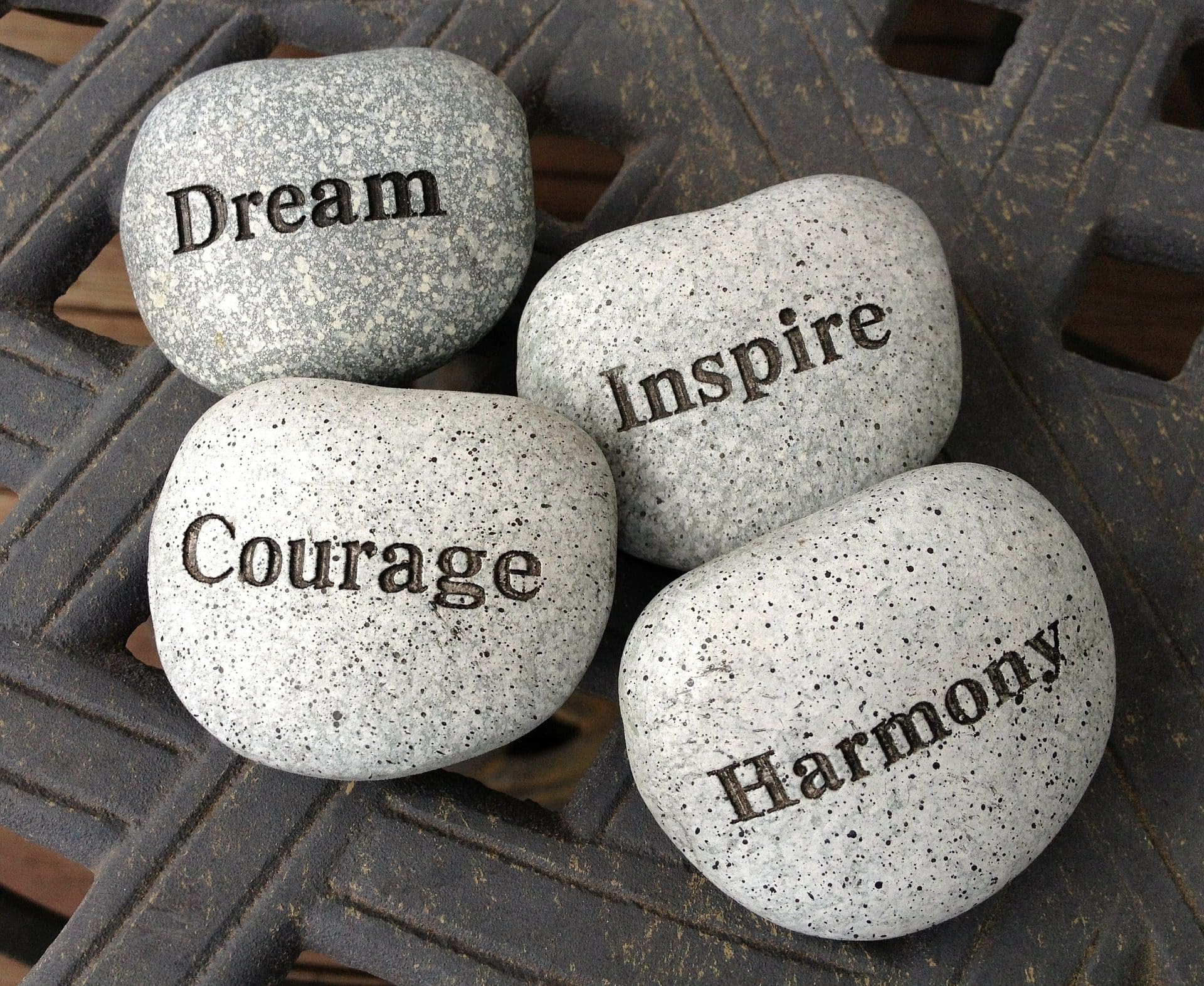There are many stimuli we are exposed to every day and a multitude of subliminal messages that our brain receives. Many of these are detrimental to our mental health and can even result in a migraine. We are talking about the little things like the chair at work that is just 1 centimeter short of the ideal height, a light that keeps flickering or an annoying sound of an old fridge.
Furthermore, the overall design of our home can also make us agitated. Dreary wallpapers, a derelict sofa, or an antique bathtub that is hard to get in, all add to the frustration. To help our subconsciousness recover from all these pesky intrusions, we should remodel different segments of our home.
Playing with colors
Scientists have long ago proven that colors influence the way we think. Different colors are responsible for generating different emotions, which is quite useful when it comes to interior design. We can use the color of the walls or the furniture to enhance the effect each room has subconsciously.
For instance, the nursery should engage the toddler with vivid colors like yellow or orange. The living room could do with more subtle and neutral tones like gray or white. In the bedroom, you might want to give green a shot because this color eases our nerves and helps us rest our eyes. Also, blue looks good in the bathroom, as well as in the kitchen, because it is associated with a feeling of calmness and freshness. It’s a good fit for high traffic areas like kitchens and bathrooms.
If you are aiming for an appeasing effect, then yellow is the way to go. We associate it with creativity and happiness, so it is ideal for coloring the walls of the home office. Imagine, you could have the entire living room painted green (which is another calming color) except one yellow corner dedicated to work. As far as tacky colors are concerned, orange is ideal for the children’s room since it provides the space with a jolt of energy and its innovative.
Plenty of natural light
One of the most important aspects of staying mentally healthy is positive thinking. However, if you’re located inside a dimmed, gloomy room, it is hard to expect any positive thoughts to come to your mind. That’s why natural light inside your home is important. Large window panes ensure you receive the daily dose of happy thoughts in the form of natural light. During nighttime, LED lights should be used as lighting. They are not only energy-efficient but generate the light of just the right color to have a positive impact on our mood (around 3000K).
The furniture you like, not the one in vogue
Have you seen the latest edition of that nation journal on furniture? Perhaps you have, but you know what? Trends are there to be followed by posh people, i.e., those who take little care of their mental health. You, on the other side, should choose to purchase furniture pieces you like, many the ones that are presently trendy.
Why be stuck with a sofa whose upholstery design you despise? It can leave marks on your psyche, whether you are aware of it or not. For the change to be complete, you can even get a new rocking chair for kids if the design of the old one is annoying you. This move might seem silly, but you need to remodel the entire living space following the preferences of individual members of the family. After all, you are all going to live together under one roof.
An easy life
The inside of a home should serve as a sanctuary where the hectic world outside cannot get you. You need to give your 110% at work or in love life, but back home, you should be able to finish tasks and chores with as little as 50% of energy. It is up to interior décor to make this happen with various amenities that will make our life easier. One such example is replacing the bathtub with a walk-in shower. This small change will mean a world of difference for seniors and people with limited mobility. Furthermore, you should install LED lights, an AC unit, USB charger outlets, etc. The type of improvement you install depends on your preferences, but in the end, it should make your life a whole lot easier.

A centerpiece design
If you’re on a mission to bring more balance into your life, then know that you cannot accomplish this goal while living surrounded by mess. To bring some order to your thoughts, the design of the rooms you spend the most time in should reflect this natural drive for balance. One interior design solution is perfect for getting your thought straight.
Creating a focal point in each room will help you focus better. In the bedroom, the centerpieces will be the bed, while in the living room you can go with the fireplace or the flat-screen TV. Of course, you can experiment with the focal pieces, altering between several pieces of furniture throughout the years.
Perception of space
The final interior design trick you have up your sleeve is the perception of space. In a nutshell, it is the art of arranging furniture and other fixtures in such a manner that the space appears to be larger or more opulent then it really is.
One example is the techniques to make the living room appear bigger. Firstly, the furniture should be scaled down, as even a centimeter makes a difference in the final projection. Then add a large mirror so the whole space would get a reflection and get magnified and, finally, hang some draperies to control the influx of natural light. The latter is, as you have seen, useful to interior design in more than one way.
Have you ever heard of Feng Shui?
The ancient Chinese philosophy of spatial design, called Feng Shui, presents the apex between interior design and the state of your mind. It is all about the correct positioning of furniture and the color inside your home. For instance, the color red is associated with good fortune, so you should use it only for special spaces.
The rest of the Feng Shui’s principles more or less coincide with everything we have written about: maximizing natural light, decluttering the home to increase productivity, introducing plant life to improve air quality, etc. Feng Shui also states that you should balance natural elements like fire, earth, metal, and water so you would give depth to your home. Finally, energy should flow freely through the house without anything hindering it like an oversized cupboard. If you have enough space at your disposal, then be sure to include a “happy room.”
As you have seen from our examples, the subconscious part of our mind can be influenced by interior design. It is not all the same which space we live in, so no wonder some people become depressed living in damp, poorly-lighted houses. Plenty of natural light, suitable furniture, playful colors, and a centerpiece design are at the core of every happy home.

Sarah Jessica Smith is a young blogger from Sydney. She is in love with life and all the things that can make her daily routine easier. She loves to write about home improvement, lifestyle, and all the small things that make life such a great adventure.





